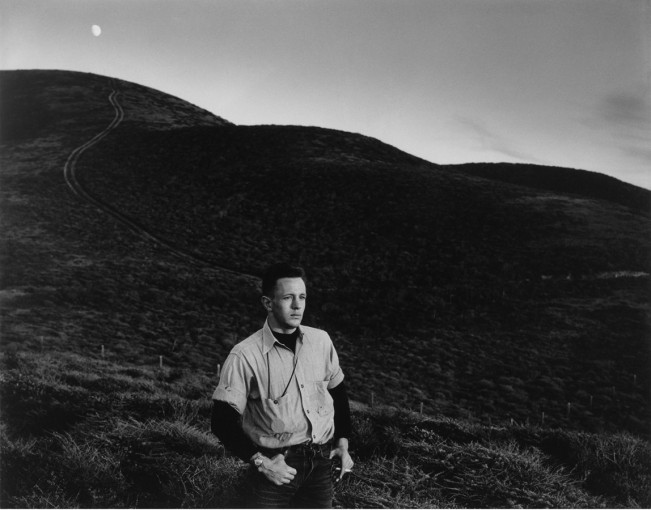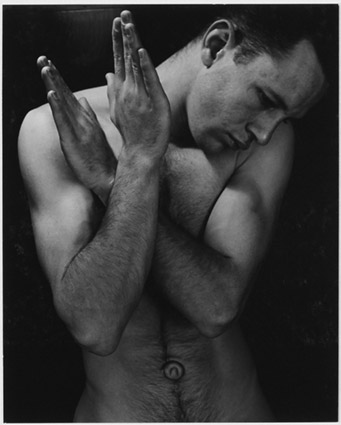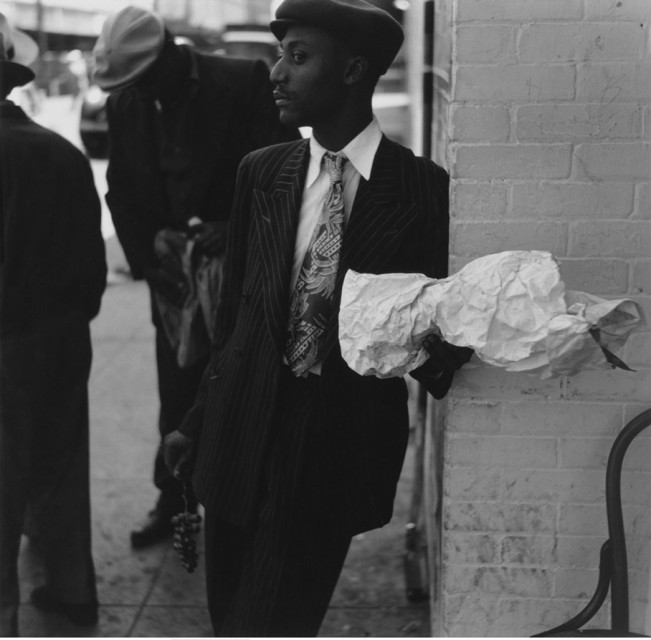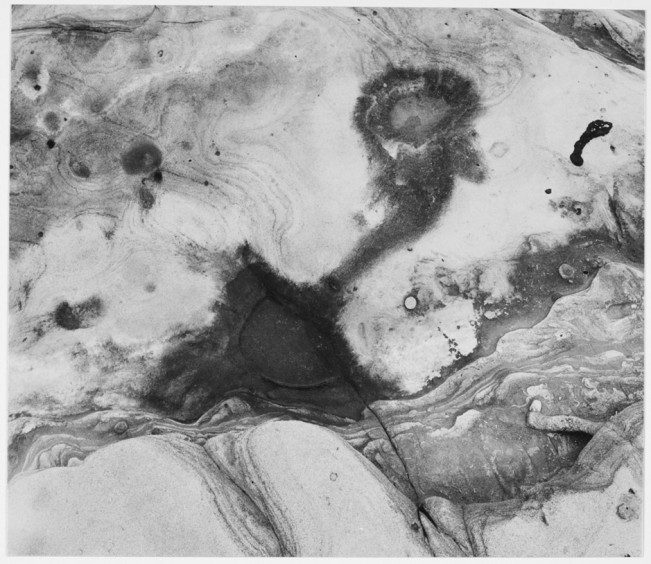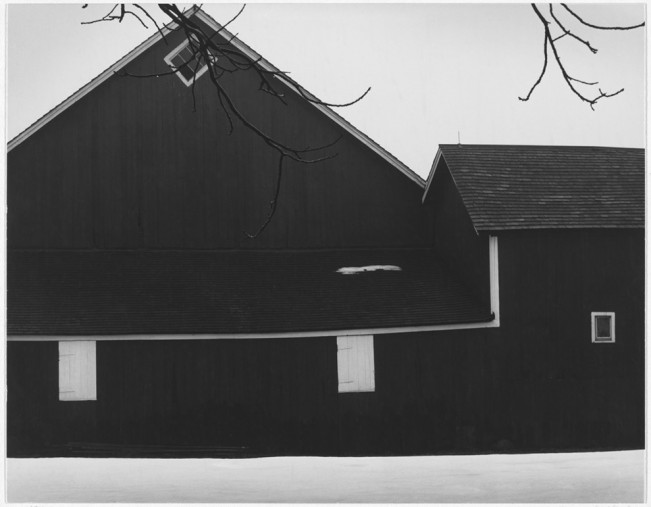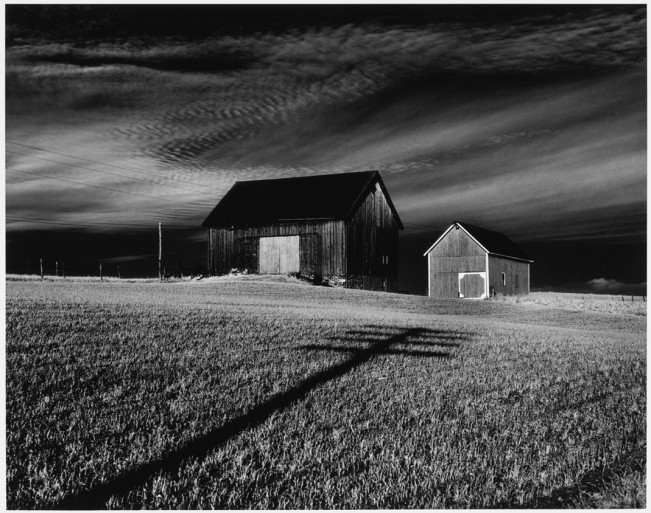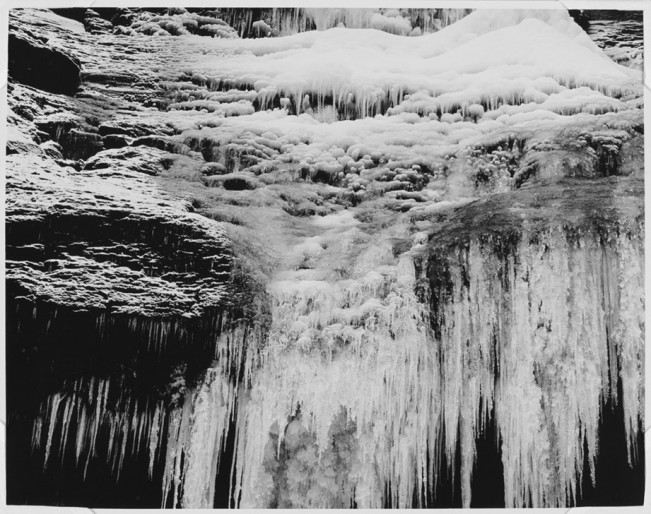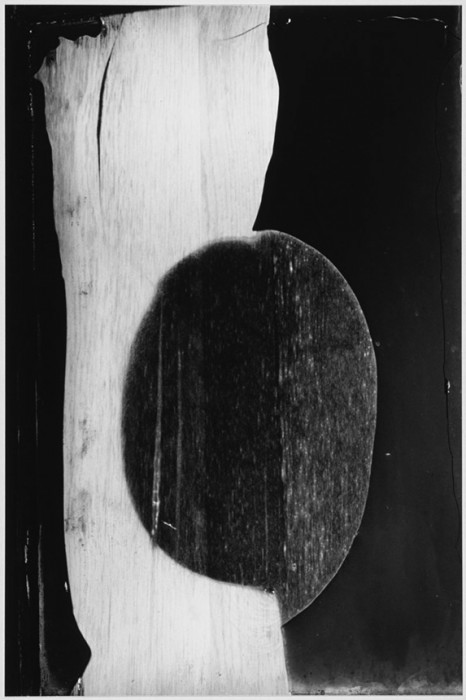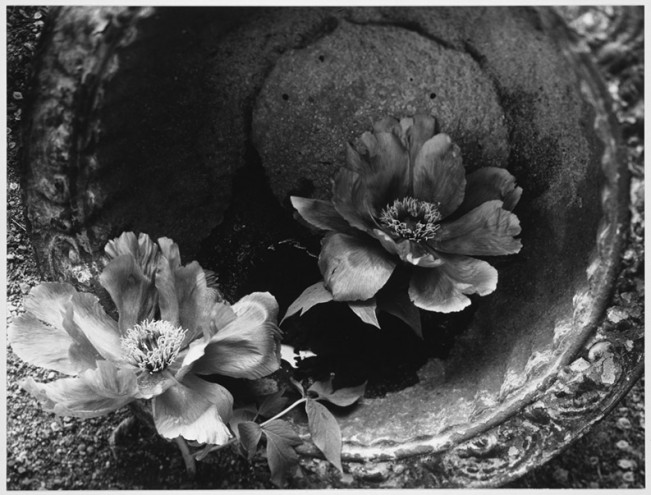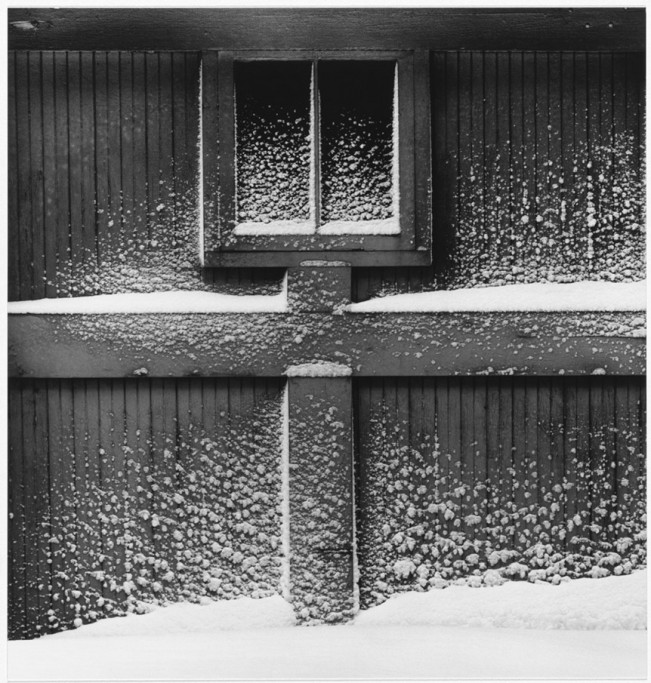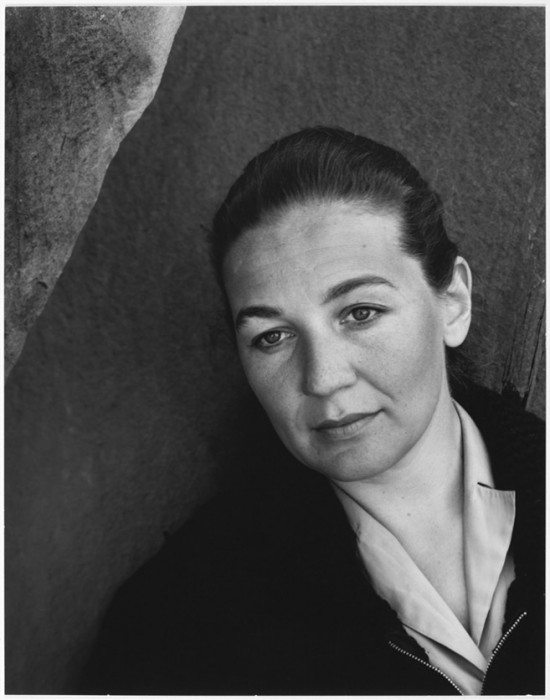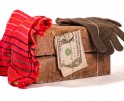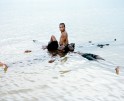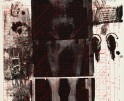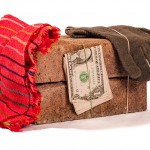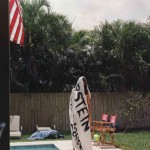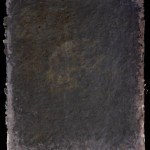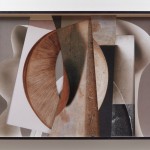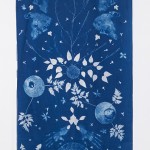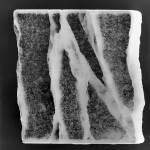Minor White: Manifestations of the Spirit
Self-discovery through a camera? I am scared to look for fear of discovering how shallow my Self is! I will persist however . . . because the camera has its eye on the exterior world. Camera will lead my constant introspection back into the world. So camerawork will save my life. — Minor White
![MinorWhite_Cover[1]](http://lenscratch.com/wp-content/uploads/2014/06/MinorWhite_Cover1-604x700.jpg) Los Angeles is busy celebrating Minor White with the first major exhibition of his work since 1989 at the J. Paul Getty Museum from July 8 to October 19, 2014, and an impressive accompanying monograph, Minor White: Manifestations of the Spirit . The book is edited by Paul Martineau, associate curator in the Department of Photographs at the J. Paul Getty Museum. He is the author of Paul Outerbridge: Command Performance (Getty Publications, 2009), Herb Ritts: L.A. Style (Getty Publications, 2012) and Eliot Porter: In the Realm of Nature (Getty Publications, 2012).
Los Angeles is busy celebrating Minor White with the first major exhibition of his work since 1989 at the J. Paul Getty Museum from July 8 to October 19, 2014, and an impressive accompanying monograph, Minor White: Manifestations of the Spirit . The book is edited by Paul Martineau, associate curator in the Department of Photographs at the J. Paul Getty Museum. He is the author of Paul Outerbridge: Command Performance (Getty Publications, 2009), Herb Ritts: L.A. Style (Getty Publications, 2012) and Eliot Porter: In the Realm of Nature (Getty Publications, 2012).
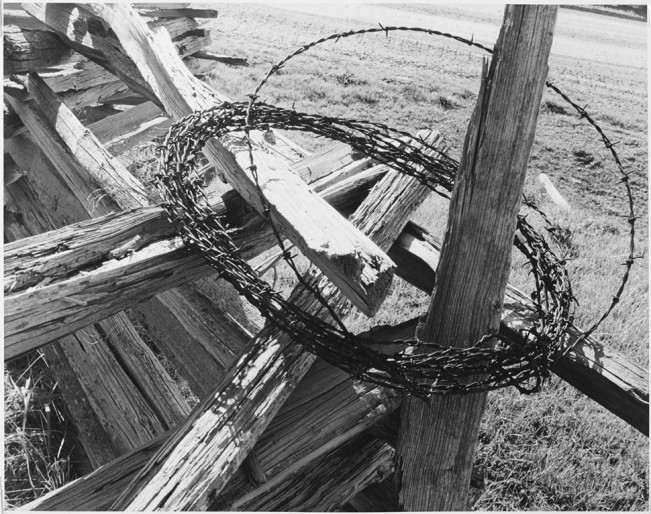 Minor White is one of the masters of photographic modernism. Throughout his career, White sought to photograph things not only for what they are but also for what they may suggest, and his pictures teem with symbolic and metaphorical allusions. Coming of age when homosexuality was socially unacceptable, White sought comfort in a variety of Western and Eastern religious practices. Photography became both a way to make visible his ongoing search for spiritual transcendence and a medium through which he could express his sexual desire for men. White’s work was highly influential to a generation of photographers and still resonates today.
Minor White is one of the masters of photographic modernism. Throughout his career, White sought to photograph things not only for what they are but also for what they may suggest, and his pictures teem with symbolic and metaphorical allusions. Coming of age when homosexuality was socially unacceptable, White sought comfort in a variety of Western and Eastern religious practices. Photography became both a way to make visible his ongoing search for spiritual transcendence and a medium through which he could express his sexual desire for men. White’s work was highly influential to a generation of photographers and still resonates today.
Other works shown in this collection are White’s early images of the city of Portland that depict his experimentations with different styles and nascent spiritual awakening; his photographs of the urban streets of San Francisco where he lived for a time; his elegant images of rocks, sandy beaches and tidal pools in Point Lobos State Park in Northern California that are an homage to Edward Weston; and the series The Sound of One Hand made in the vicinity of Rochester, New York where he also taught classes at the Rochester Institute of Technology (RIT) and curated shows at the George Eastman House (GEH). Paul Martineau describes this iconic series as “White’s chef d’oeuvre, the work that is the summation of his persistent search or a way to communicate ecstasy.”
Posts on Lenscratch may not be reproduced without the permission of the Lenscratch staff and the photographer.
Recommended
-
Arnold Newman Prize: C. Rose Smith: Scenes of Self: Redressing PatriarchyNovember 24th, 2025
-
The Aline Smithson Next Generation Award: Emilene OrozcoNovember 21st, 2025
-
MATERNAL LEGACIES: OUR MOTHERS OURSELVES EXHIBITIONNovember 20th, 2025
-
Josh Aronson: Florida BoysNovember 1st, 2025
-
Robert Rauschenberg at Gemini G.E.LOctober 18th, 2025

